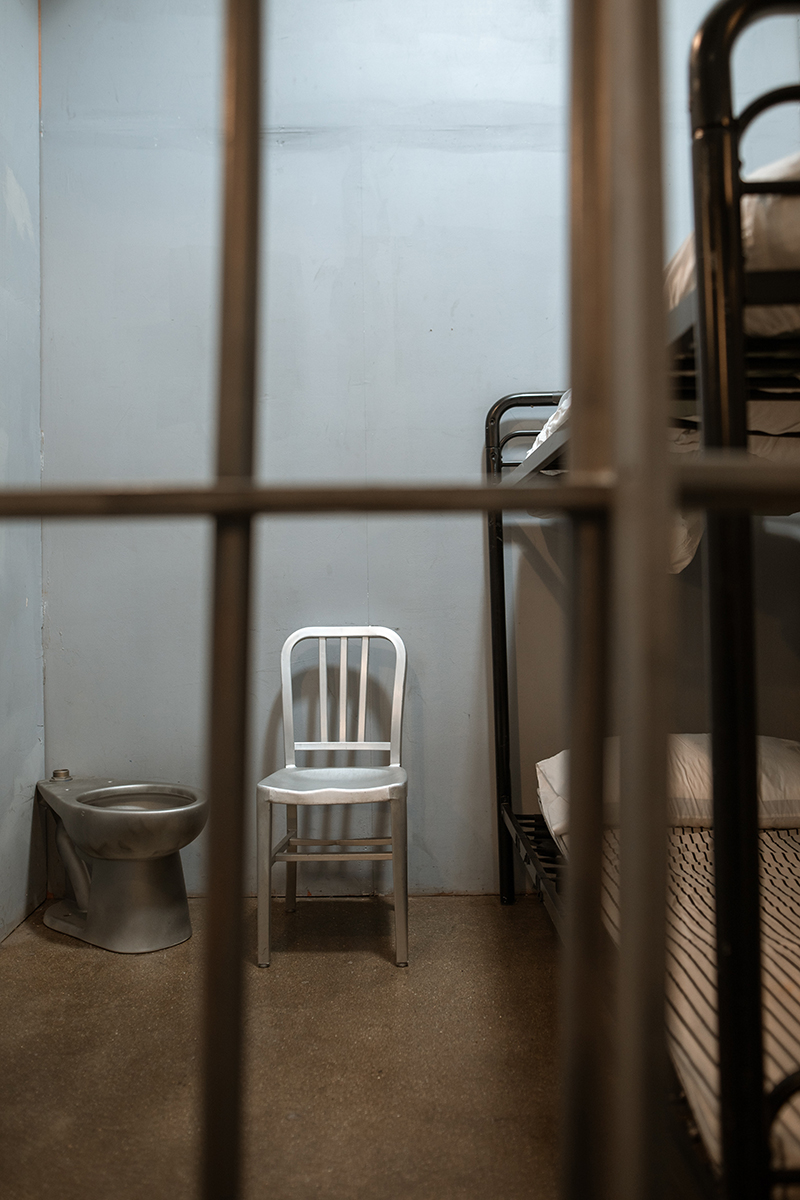Leslie Van Houten, the Manson family member, and convicted murderer, has seen her long road to release become front page news all over the world. Her parole had been denied multiple times during her 51 years of incarceration for her role in the murders of Leno and Rosemary LaBianca on August 10, 1969.
To some she is a cause célѐbre for critics of the criminal justice system.
Her friend and mentor Angela Cardinale recently wrote that, “I worked with Leslie Van Houten when she was in prison. I’m glad she’s been paroled.”
She went further in a glowing letter to the parole board, writing that, “Leslie is kind, thoughtful and compassionate. Not only is she not a threat to anyone, she can still do much good in the world. Leslie committed a horrific crime that I don’t excuse. But I also believe we are all capable of more than most of us are willing to admit, even to ourselves. Leslie is a good person who did a bad thing.
Cardinale writes that “most of us” are capable of more than most of us admit “even to ourselves,” in effect saying that Van Houten is no worse than you or me – making us most of us “good people who do bad things.” Really bad things.
Van Houten, then 19 years old, helped kill Rosemary LaBianca by inflicting 14 of the 40 knife wounds that killed her. Others in group killed Rosemary’s husband Leno. The LaBiancas were chosen at random by Manson, who was present for the murders. The night before, the Manson Family killed Sharon Tate, who was pregnant, Abigail Folger, Wojciech Frykowski, and Jay Sebring. Steven Parent, another victim, was only 18 years old at the time of his death.
In an attempt to excuse her ruthless crime, Van Houten argued in her 3 trials and subsequent parole pleadings that she was young and had been using marijuana and LSD when she became “infatuated” with Charles Manson. She claims to have been under the influence when she committed the murder. After her conviction, she can be seen in a now iconic photo smiling along with two other Manson Family members Susan Atkins and Patricia Krenwinkel as they arrived in court for her 1971 sentence of 7 years to life. By then, she was an unrepentant 21 year old and no longer under the influence.
The line between fame and infamy is a thin one in today’s viral culture where grizzly crimes are a source of entertainment, victims become ciphers, and murderers become victims of the justice system. In August 2019, Vox Magazine called them “pop culture fixtures.”
Van Houten and the Manson Family were serial killers whose crime spree was stopped before an already horrific death count got worse. She shares some characteristics with another killer – Edward Kemper – who was active at the same time.
Van Houten was a homecoming princess and 19 years old when she stabbed and dismembered Rosemary LaBianca. Kemper was voted “most likely to succeed” in high school and was 15 when he killed his first 2 victims, and then was 22 when he was released and went on to kill 8 additional victims. The difference is that Kemper was arrested at the end of an 8-victim killing spree and Van Houten was arrested at the beginning of hers.
Does anyone really believe that Manson and his followers were done on August 10? Good police work ended their murderous crime spree.
Van Houten’s life in prison has not been without purpose. She has earned multiple college degrees and her exemplary conduct in prison has shown to other inmates, who are not murderers, that prison time need not be without opportunity. In short, she was exactly where she needed to be.
For would-be murderers her story serves another purpose – that unprovoked murder can be excused and be a source for a twisted kind of fame.
As of July 11th Leslie Van Houten is now free and we are all less safe.
Steve Smith is a senior fellow in urban studies at the Pacific Research Institute.

